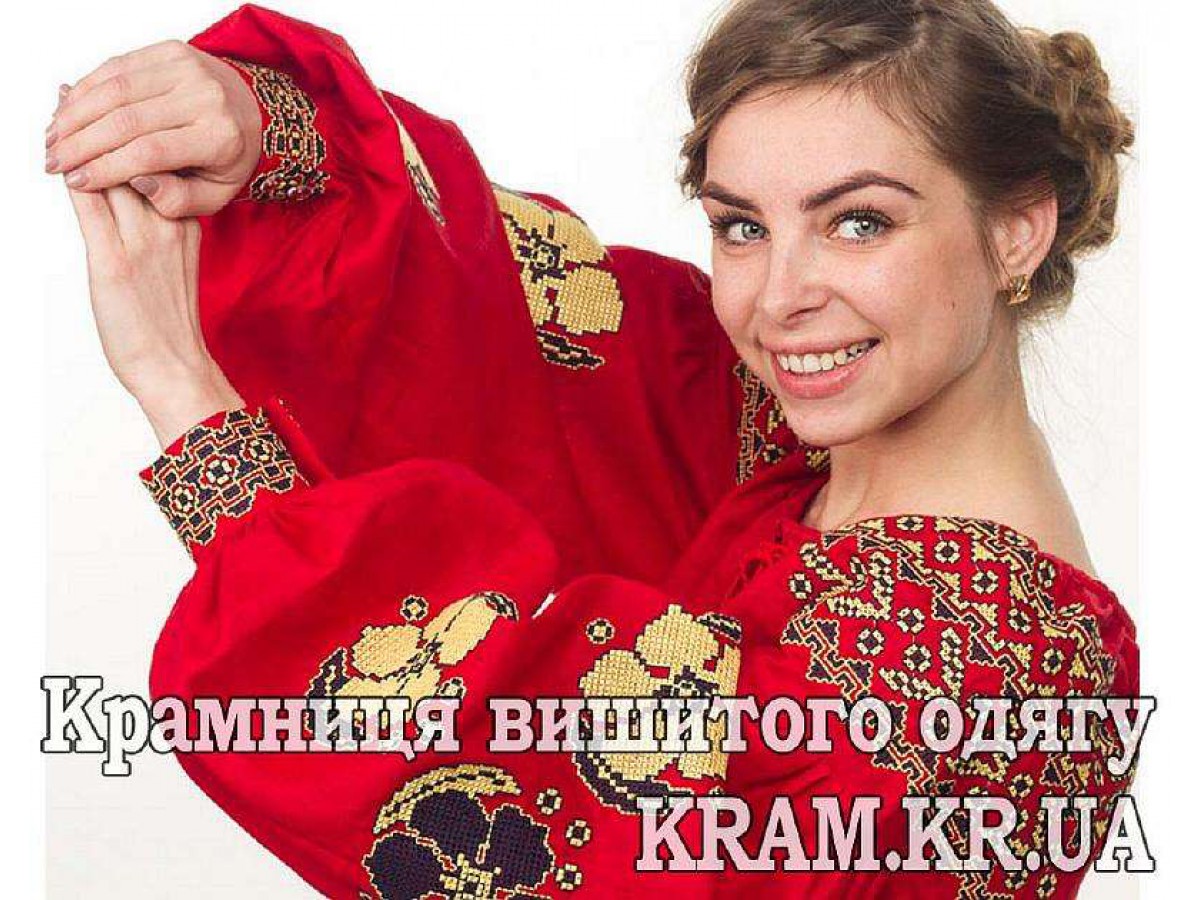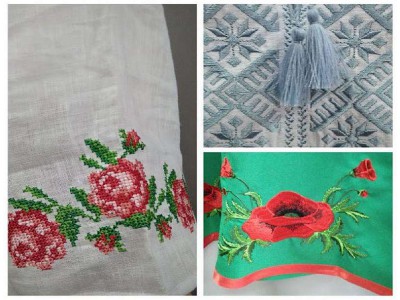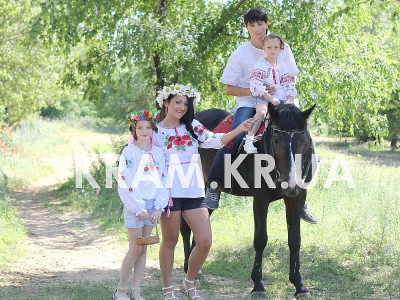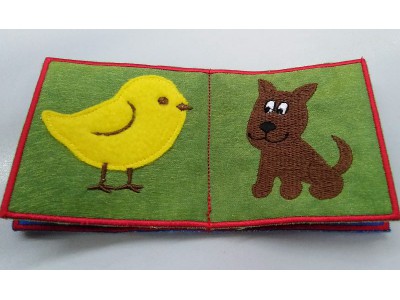What is machine and hand embroidery?
Embroidery is an art that has long adorned Ukrainian clothing and household items. Today, we can encounter two main types of embroidery: machine and hand. Both techniques have their own features, advantages, and disadvantages, making the choice between them often a challenging task.
How machine embroidery is made
Machine embroidery is created using special embroidery machines controlled by a computer. A design is loaded into the device's memory, which is then automatically reproduced on the fabric with threads of various colors. Modern machines can create very complex patterns, perfectly conveying the smallest details.
This method allows for the production of large volumes of embroidered clothing in a short time. Machine embroidery is ideal for mass production and makes beautiful patterns accessible to most buyers.
The process of creating hand embroidery
Hand embroidery is a process where each stitch is made by the hands of the artisan. For this, needles, threads, and various sewing techniques are used: cross-stitch, satin stitch, lace, etc. Each element is created slowly, with love and great attention to detail.
Handwork requires a lot of time and patience, but it is what gives each product its uniqueness. Creating two absolutely identical embroideries in hand technique is practically impossible – each has its own "soul." This makes such products exclusive.
The main differences between machine and hand embroidery
Time and complexity of production
Machine embroidery is performed quickly – even complex designs can be applied in a few minutes or hours. In contrast, hand embroidery can take weeks or even months, depending on the size and complexity of the pattern. This is one of the reasons why handwork is significantly more expensive.
Quality and detail of patterns
Machine embroidery provides perfectly even stitches and impeccable symmetry. It is excellent for geometric patterns and fine details. However, some believe that such products look "cold" and lack individuality.
Hand embroidery, on the other hand, may have slight irregularities that add a special charm and liveliness to the product. This is reminiscent of the difference between mass-printed paintings and the true artistry of a painter.
Uniqueness of each product
Hand embroidery is always a one-of-a-kind product. Even if the artisan embroiders the same pattern many times, each version will differ slightly. Machine embroidery allows for the creation of dozens and hundreds of identical items, which is good for brands, but not always appealing to those seeking exclusivity.
Advantages and disadvantages of machine embroidery
Strengths of machine embroidery
✅ Affordable price compared to handwork
✅ Ability to produce a large number of identical products
✅ Clear, even lines and high detail of patterns
✅ Speed of production
Disadvantages to be aware of
❌ Products may look less "alive" and special
❌ Inability to convey the same energy as handwork
❌ Limited choice of materials (not all fabrics are suitable for machine embroidery)
Advantages and disadvantages of hand embroidery
Why handwork is valued more
Hand embroidery is a true art that requires great experience, patience, and attention to detail from the artisan. Each stitch is a part of the artisan's soul embedded in the product. That is why handwork is always considered more valuable and exclusive.
✅ Advantages of hand embroidery:
Uniqueness: no product is completely repeated, even if it is the same pattern.
Soulfulness: people believe that handwork carries positive energy and protects the owner.
Tradition: it is a connection with cultural heritage, as techniques are passed down from generation to generation.
Design flexibility: the artisan can change details during work, considering the client's wishes.
Weaknesses of hand embroidery
❌ Disadvantages of hand embroidery:
High cost: due to the time and labor involved, handwork is significantly more expensive.
Production time: creating a large pattern can take weeks or even months.
Risk of damage: hand stitches are less resistant to frequent washing if care instructions are not followed.
How to distinguish hand embroidery from machine embroidery?
Visual signs
It is not difficult to recognize the type of embroidery if you look closely:
Machine embroidery is always very even, stitches are identical, and lines are symmetrical.
Hand embroidery may have small irregularities that add charm and "liveliness" to it.
Often, machine embroidery has a denser layer of threads, and the design appears "flat." In contrast, hand embroidery is more textured and voluminous.
Tactile sensations and fabric structure
Run your hand over the pattern. Hand embroidery feels softer and warmer, while machine embroidery is more rigid to the touch due to the density of the threads. Also, on the reverse side of handwork, you will see knots and slight irregularities, which are practically absent in machine embroidery.
What to choose: machine or hand embroidery?
Depending on the purpose of the clothing
? For everyday wear, it is more convenient to choose machine embroidery. It is more resistant to washing, costs less, and allows for having several products for different occasions.
? For festive events, gifts, or family heirlooms, it is worth investing in handwork. Such a product will have a deeper meaning and will be passed down from generation to generation.
Budget possibilities and aesthetic preferences
If the budget is limited, machine embroidery will be a great option. But if you value exclusivity and want a special item that reflects individuality, hand embroidery is undoubtedly your choice.







Write a comment